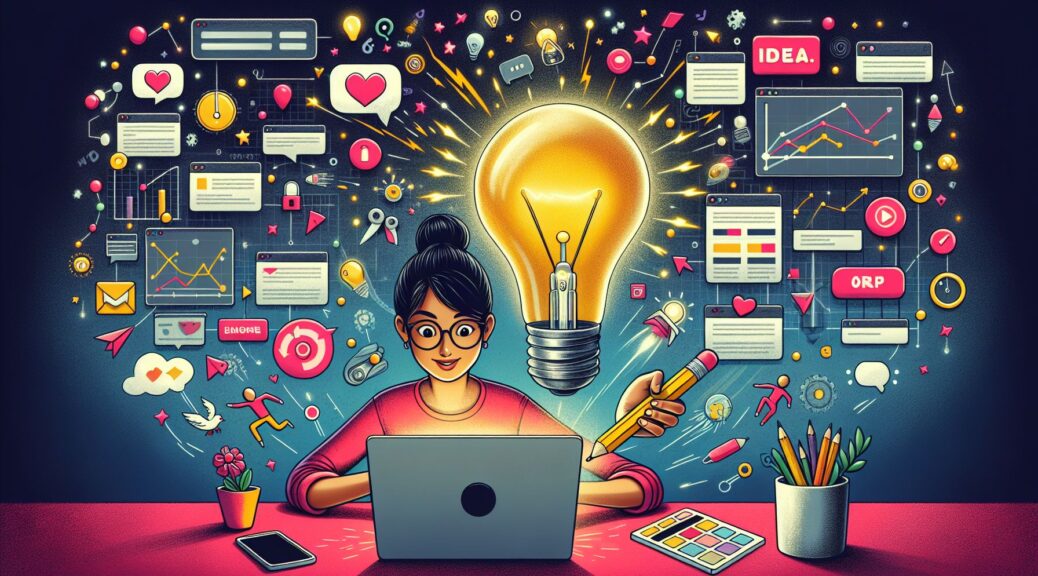Introduction
In today’s digital world, animation has become an integral part of web design. From subtle hover effects to complex 3D animations, it adds a dynamic and interactive element to websites. In this article, we will explore the role of animation in web design and how it can enhance the user experience.
Content
Animation in web design can serve many purposes. It can draw attention to important elements on the page, guide users through a process, or simply add visual interest. One of the key benefits of using animation is its ability to communicate information in a more engaging way. For example, a loading animation can provide feedback to users while they wait for content to load, reducing frustration.
Another advantage of animation is its ability to create a seamless and immersive browsing experience. By incorporating subtle transitions and effects, websites can feel more polished and professional. This can help to establish brand credibility and leave a lasting impression on visitors.
However, it’s important to use animation thoughtfully in web design. Overusing or misusing animation can have the opposite effect, leading to a cluttered and confusing user experience. It’s crucial to strike a balance between adding visual interest and functionality.
Conclusion
In conclusion, animation plays a significant role in modern web design. When used effectively, it can enhance the user experience, communicate information, and create a memorable impression. By incorporating animation into your web design strategy, you can make your website more engaging and visually appealing.
